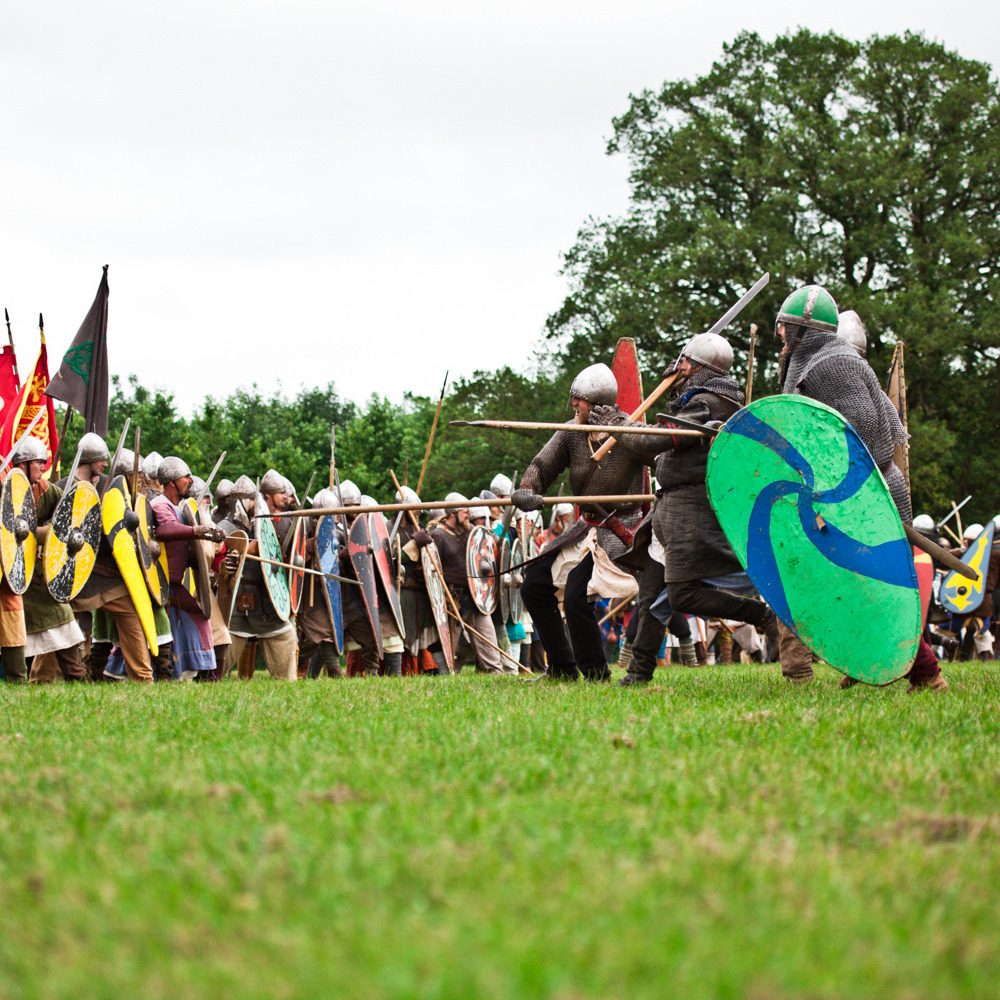
Battle Of Hastings
To mark the start of their biggest ever summer of events, English Heritage historians have compiled their top 10 places where visitors can stand in the spots of were history really happened. The list, which ranges from historic moments 5,000 years ago through to the Second World War, covers places where historic events took place, that visitors can still visit today.
The construction of Stonehenge
A formidable feat of engineering by our Neolithic ancestors, Stonehenge retains the power to amaze people to this day. It is generally accepted that it was a prehistoric temple, aligned with the movement of the sun, but who were the people who built it? How was it used? These mysteries continue to intrigue visitors and experts alike.

A brand new visitor centre at Stonehenge helps visitors to discover more about this iconic monument, and the scale of the construction. Test your strength against the sarsen stones or set foot in the Neolithic houses, where you can come up with your own ideas about the people who built Stonehenge.
Romans on patrol at Hadrian’s Wall
Roman rule has shaped the borders, towns and even roads of modern England, and Hadrian’s Wall is the most spectacular physical reminder of this era. Along the wall, running across the North of England, Roman soldiers were stationed on the frontier of the empire, looking north into the wilderness beyond.
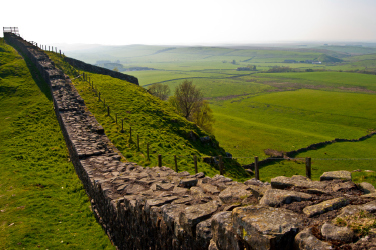
Stand at any of the forts along the wall this summer and imagine a Roman column heading out beyond the wall on patrol. Every weekend visitors to Housesteads Roman Fort can meet a Roman legionary and find out what life was like for those stationed here.
The first Viking raid on Lindisfarne
In June 793, the quiet monastic community at Lindisfarne Priory was shattered by a devastating attack from coastal raiders. The first significant attack of Western Europe, this date marked the start of the Viking age, when these Scandinavian people would spread across much of the region.
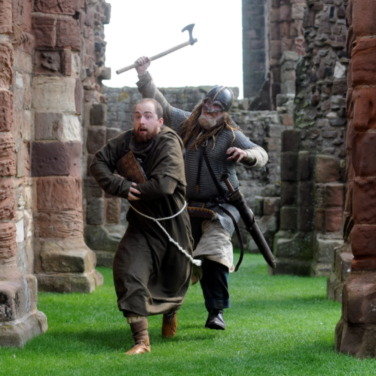
Little remains from the Anglo-Saxon monastery, but visitors can stand on its site at the Priory and imagine the terror of the Vikings arriving from the sea. Modern day invaders will return to the site on 2-3 August for our Vikings Attack! event.
King Harold falls at the Battle of Hastings
1066 is one of the most memorable dates in our history, and was one of the most decisive battles too. Duke William of Normandy seized the English crown by defeating King Harold (who may, or may not have taken an arrow in the eye) in a battle thought to have lasted nearly all day.
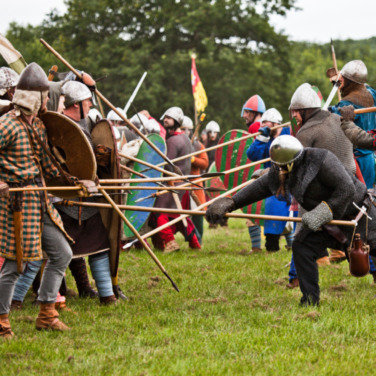
William commanded an abbey be built on the site of his victory, and visitors can still see the site of the high altar, alleged to stand on the spot where King Harold fell. To really feel the battle come to life, why not pick up an audio tour?
Henry V gathers his troops at Portchester Castle
The greatest moment of King Henry V’s rule was his victory at Agincourt; a decisive victory over the French against overwhelming odds. The campaign began at Portchester Castle, where he gathered his troops, and it was here he also discovered a plot to overthrow him, the so-called Southampton plot.
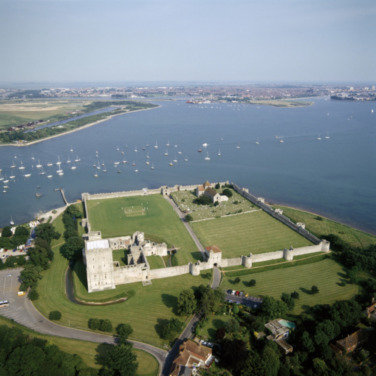
The medieval Great Tower and walls remain to this day, allowing visitors to imagine the hive of activity and drama that might have been occurring on the site, 599 years ago.
Mary Tudor prepares to march from Framlingham Castle
Overlooked as heir by her brother Edward VI in favour of his protestant cousin, Lady Jane Grey, Mary Tudor gathered a military force at Framlingham Castle in Norfolk, rallying supporters to her cause. Jane only ruled for nine days before being deposed and later executed, with Mary riding into London in triumph accompanied by hundreds of noble supporters.
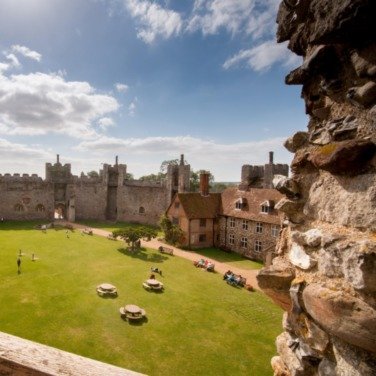
Framlingham remains a formidable fortress today, its towers and walls still overlooking over the surrounding area. Visitors can find out more about its history, and its role in Mary’s campaign, in the interactive ‘From Powerhouse to Poorhouse’ exhibition.
Robert Dudley woos Elizabeth I at Kenilworth Castle
In July 1575, Queen Elizabeth paid a 19-day visit to Kenilworth Castle, a trip popularly assumed Robert Dudley’s final attempt to court the queen, or at least confirm her lack of interest in marriage. Festivities included popular entertainments, fireworks, masques and hunts, all hosted by Dudley at his transformed ‘prodigy house’.
The new buildings added by Dudley can still be seen, evidence to his ambitions, while the Elizabethan Garden has been stunningly recreated based on contemporary descriptions. Why not walk along the terrace or through the plants as the Queen and her favourite would once have done?
Darwin completes his great work at Down House
The home of Victorian scientist Charles Darwin, Down House was where he developed and wrote his landmark views on evolution. The house offered the privacy and peace he needed to work, conducting the experiments and research needed to write his ground breaking work, the publication of which shook the Victorian world.
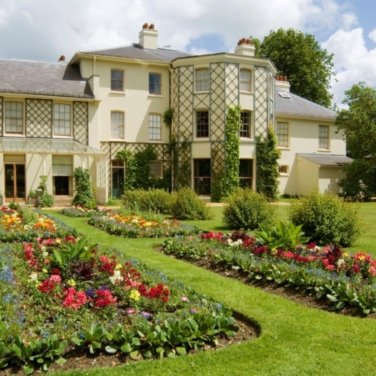
Down House today provides a unique glimpse into the life of Charles Darwin and his family. What will you discover when you follow the sand walk, where he took his daily walk for inspiration?
Victoria and Albert at home with family at Osborne
"It is impossible to imagine a prettier spot" – said Queen Victoria after her first trip to Osborne House on the Isle of Wight. This seaside palace provided a peaceful family retreat for Victoria and her beloved Albert, where they could spend time away from the court and their children could play. The Swiss Cottage in the grounds was built by Albert especially for the children, where they played at being grown-ups and learned the skills that their father believed would make the better people and better rulers.
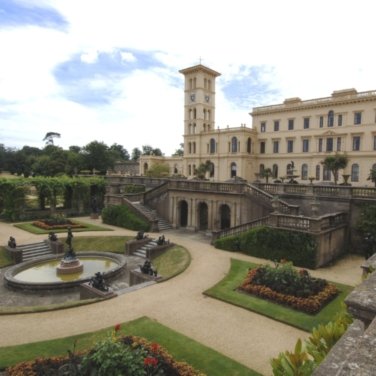
Visitors today can visit the newly restored Swiss Cottage, where the children would often serve what they cooked to their parents; or take a walk to the private beach, where Victoria and her children learned to swim.
Planning the evacuation of Dunkirk from Dover Castle
In May 1940, as the British Expeditionary Force retreated to Dunkirk, men and women stationed in the tunnels beneath Dover Castle worked day and night to ensure as many troops as possible could be rescued from the advancing German forces. The operation, codenamed ‘Dynamo’, became known as the ‘miracle of Dunkirk’, as Vice Admiral Ramsey and those working from his Naval HQ beneath this formidable fortress helped to coordinate the rescue of 338,000 troops.
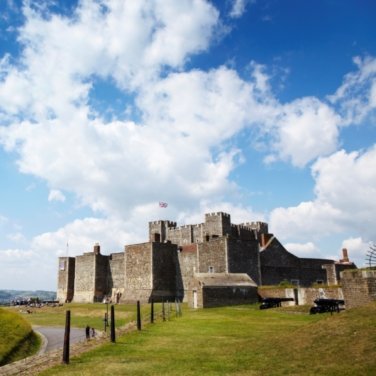
The tunnels beneath Dover remained secret for many years, but today visitors can explore these cramped tunnels and get a sense of those dramatic days. Projections and special effects bring the Dunkirk rescue to life, paying tribute to those who lived and worked in this unique location.
This summer English Heritage will stage over 150 events at iconic historical historic properties spanning the length and breadth of the country. Family friendly days out taking place across England include ‘Awesome Archaeology’ activities, Knights and Princesses Academies, plus a series of outdoor theatre performances.
For more information please visit www.english-heritage.org.uk/events
Tagged in Travel

